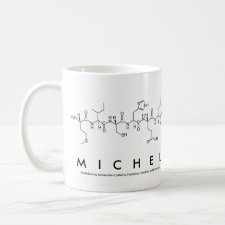
Authors: Pribisko MA, Brunkan NM, Gagné MR
Article Title: Probing the origin of selective rebinding in molecularly imprinted polymers.
Publication date: 2001
Journal: Abstracts of Papers of the American Chemical Society
Volume: 221
Issue: (CHED)
Page numbers: 381.
Abstract: Molecularly imprinted polymer (MIP) P1 was produced by copolymerization of metallomonomer with EGDMA. The chiral imprinting Iigand (R)-Bu2BINOL was removed from P1 by treatment with excess 3-trifluoromethylphenol to form P2. Previous experiments showed that P2 selectively (up to 69%) rebinds the imprinted enantiomer from an excess of rac-BINOL via ligand exchange. To determine whether this enantiodiscrimination arises from the local environment around the metal center or from the entire cavity, we have modified the rebinding experiment to look for selective rebinding with racemic biphenols 1. Since these ligands do not project into the periphery of the cavity they should selectively probe the local environment of the metal center. The results of these experiments will be presented



Join the Society for Molecular Imprinting

New items RSS feed
Sign-up for e-mail updates:
Choose between receiving an occasional newsletter or more frequent e-mail alerts.
Click here to go to the sign-up page.
Is your name elemental or peptidic? Enter your name and find out by clicking either of the buttons below!
Other products you may like:
 MIPdatabase
MIPdatabase









